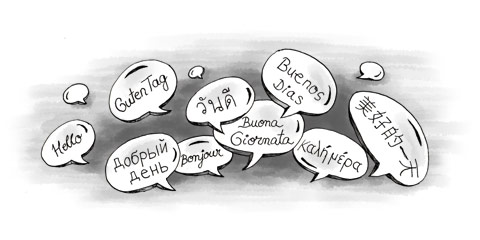It is in no way related to any other Scandinavian language and is widely considered one of the most difficult languages to learn. Finnish is not an Indo-European language either – it belongs to the Uralic group of languages which includes Hungarian and Estonian.
Although Finland is bilingual between Finnish and Swedish, more than 90% of the population speaks Finnish as their native language. Swedish is the mother tongue for around 5% of the population, most of whom are located in and around the south-west coast. However, all Finns have to study Swedish at school.
Although approximately 70% of Finland's population speak English as a second language. German is probably the next most commonly spoken language in Finland after English, followed by Russian, French, and Spanish.
How hard is it to learn Finnish?
If you have made the decision to learn Finnish, it is best to begin in a methodical way. Its structures and forms, and therefore the way it expresses ideas, are fundamentally different from other European languages.
There are a number of basic grammatical concepts that you need to grasp before you can start to build up your knowledge of the language. Unlike many European languages, there are no genders. A student of Finnish would also have to learn the rules regarding long and short vowels, as well as long and short consonants.
Another notable characteristic of the Finnish language is the use of inflection. Endings and cases are added to words to represent different grammatical functions. This would explain how some Finnish words become so long.

